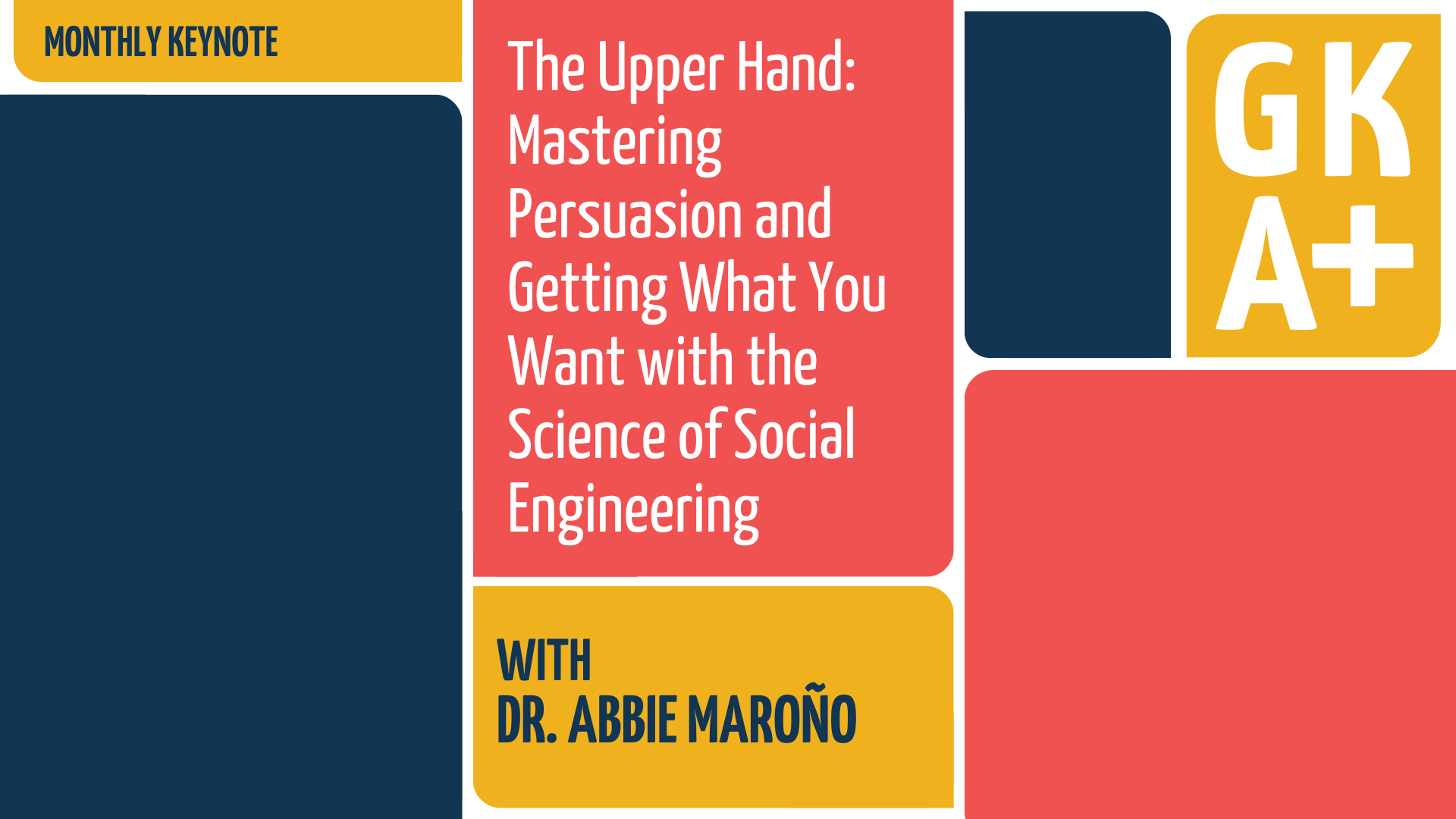Global business changes at such a stunning pace that entry-level professionals barely have time to acclimate to a new company, a new competitive environment, or new operational requirements. The challenges faced by young workers include lack of experience, a complex corporate world, and business education that is too theoretical and out of sync with companies’ day-to-day needs.
But business school doesn’t have to be a part of the problem; higher-learning institutions can make their degrees more engaging and hands-on by blending the traditional economic and business dogmas with real-world, practical experiences and operational challenges, which will help to better prepare students for the working world.
I reached out to experts from across the country for their advice on this matter. As a result, I came up with ten recommendations for improving entrepreneurship education from successful social entrepreneurs, endowed professors, researchers, business owners, startup founders, and researchers. Here are the easy-to-implement ways universities can put their degrees on the competitive map and empower students effectively, readying them for productive careers.
- Focus more on case studies
Case studies effectively spur students’ curiosity, putting them face-to-face with real-life business situations. Students can dig deeper into processes and procedures that executives follow to make decisions by studying past or present corporate success stories and operational hiccups.
And this is what a business degree should teach—the thinking pattern a manager formulates to analyze a situation, evaluate alternatives, choose a solution, and track progress over time.
Business case studies are now part of curricula at the graduate level. Still, it would be beneficial for both students and universities to make it an essential component of undergraduate programs.
- Link curricula to real-world business challenges
Universities can jumpstart their business degrees by linking their curricula to real-life business challenges. For example, when teaching social media marketing, a lecturer can point to how companies like Facebook and Twitter have become the promotional fulcrum for many businesses worldwide. Similarly, a finance professor can use the 2008 mortgage crisis to instill in students notions as diverse as quantitative easing, inflation and monetary policy.
- Create opportunities for students to participate in social entrepreneurship contests
There is nothing more engaging and hands-on than letting students participate in entrepreneurship contests. This includes social entrepreneurship businesses that may focus more on a social cause and tech startup ventures. No wonder shows like The Apprentice and Shark Tank have drawn viewers and critical acclaim from all over the world.
Ideally, an entrepreneurship contest can pit two or several student groups against each other—if a single university sponsors the contest. Alternatively, a group of institutions can get together and sponsor such contests.
- Partner with businesses
Prominent universities already have partnership agreements with businesses, whereby they regularly send students to work temporarily as interns at specific organizations. Entrepreneurship-in-Residence is also an innovative way to foster practical knowledge and allow young professionals to rub elbows with established and experienced entrepreneurs. In addition, Entrepreneurship-in-Residence programs facilitate the pairing of successful entrepreneurs and startup founders—who serve as mentors and give lectures—with campuses to offer students a real-world perspective of business and entrepreneurship. As Michael Simmons, co-founder and partner of Empact, put it, “Colleges and universities can now contribute the most by serving as the glue that connects students to the rest of the ecosystem.”
Again, this kind of partnership already exists in executive MBA programs at prominent universities. Still, the idea is to expand it to other, if not all, higher-learning institutions and also include social entrepreneurs as part of these programs.
- Help students launch their businesses
In a global economy plagued by high levels of unemployment, nothing would be better than helping students launch their businesses. Universities can partner with student-entrepreneurs—and institutions such as the Small Business Administration—to conduct market research, obtain financing, and create viable businesses.
The student-entrepreneur learns in the process, and their classmates also expand their practical knowledge.
Conclusion
These examples help students learn and grasp real-world insight that many business literatures might not deliver. To encourage entrepreneurship in students, universities must offer more practical coursework, blending the theory in the traditional economic literature with the practical needs of everyday business management. The education should be experiential, hands-on, and action-driven. Let’s give entrepreneurship students the sink-or-swim test in the Shark Tank.












